Day 20 - Hasami To Sasebo, Three Mountain Passes and Three Temples, The Kyushu 108 Temple Pilgrimage, Japan






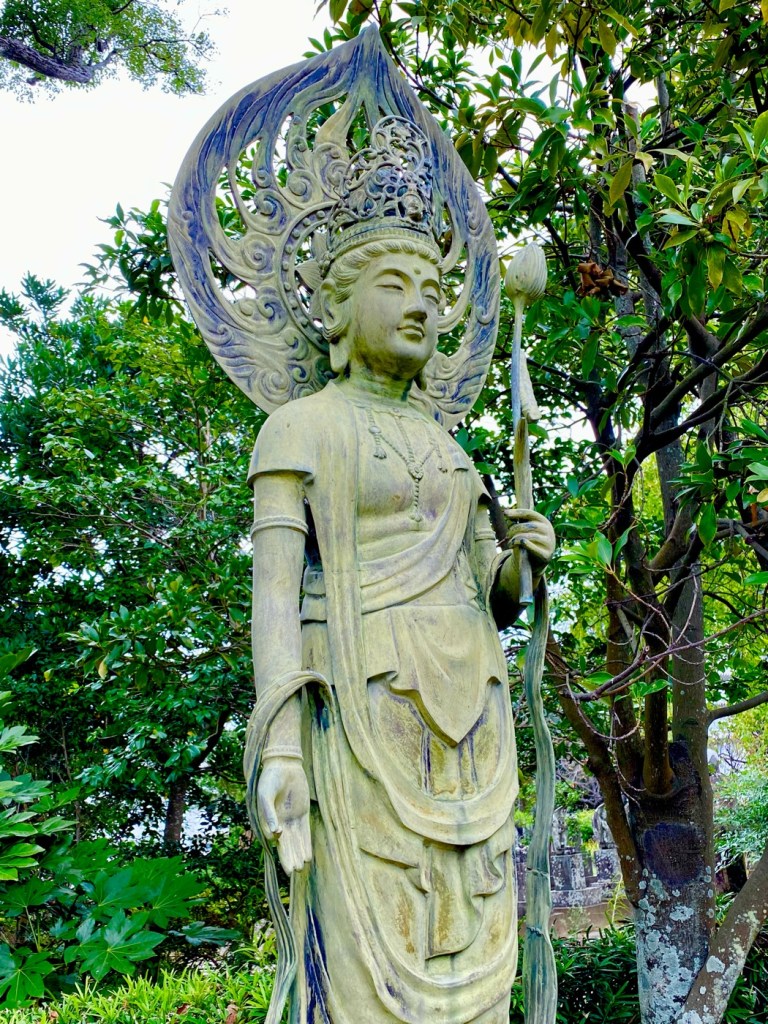





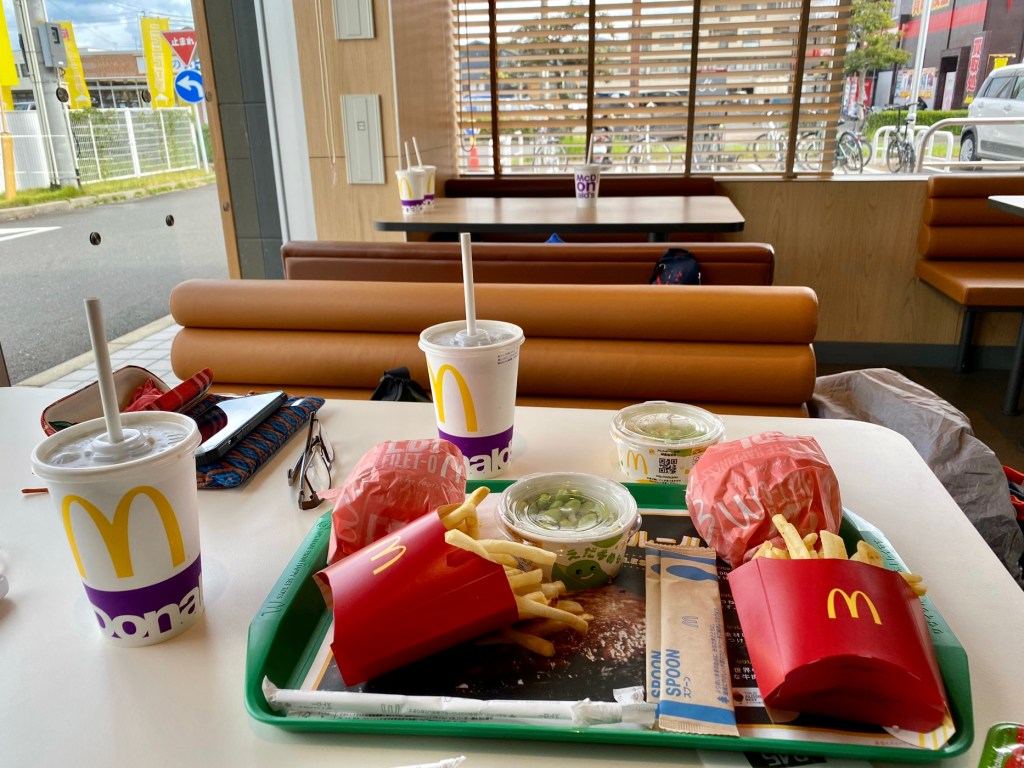
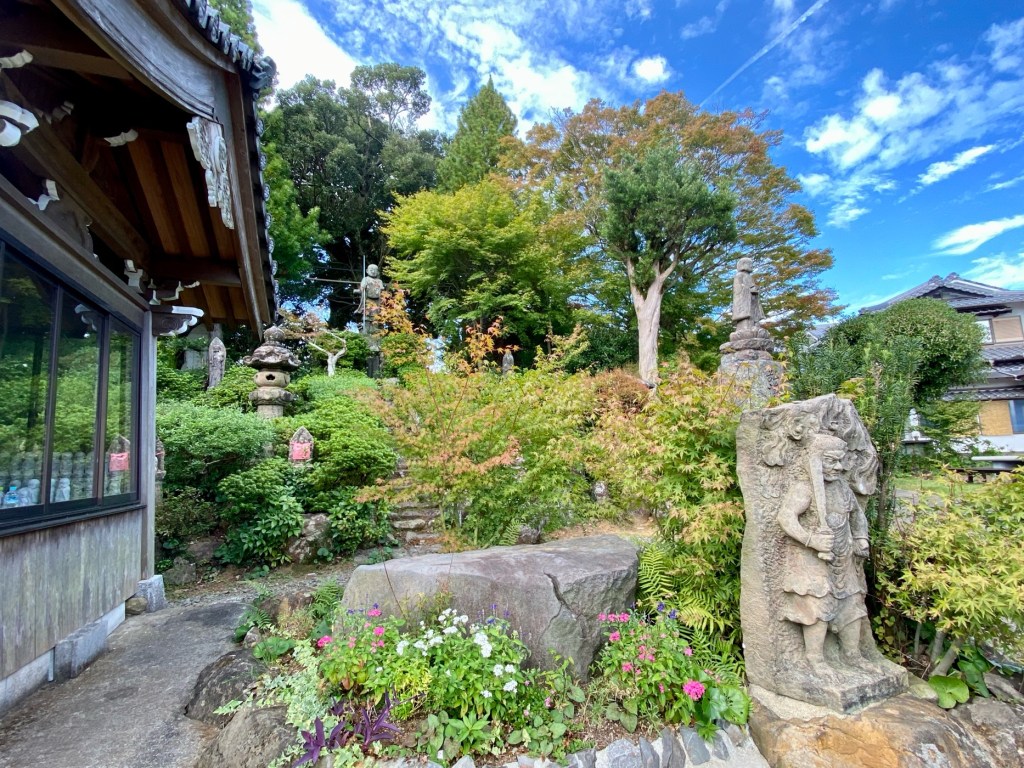













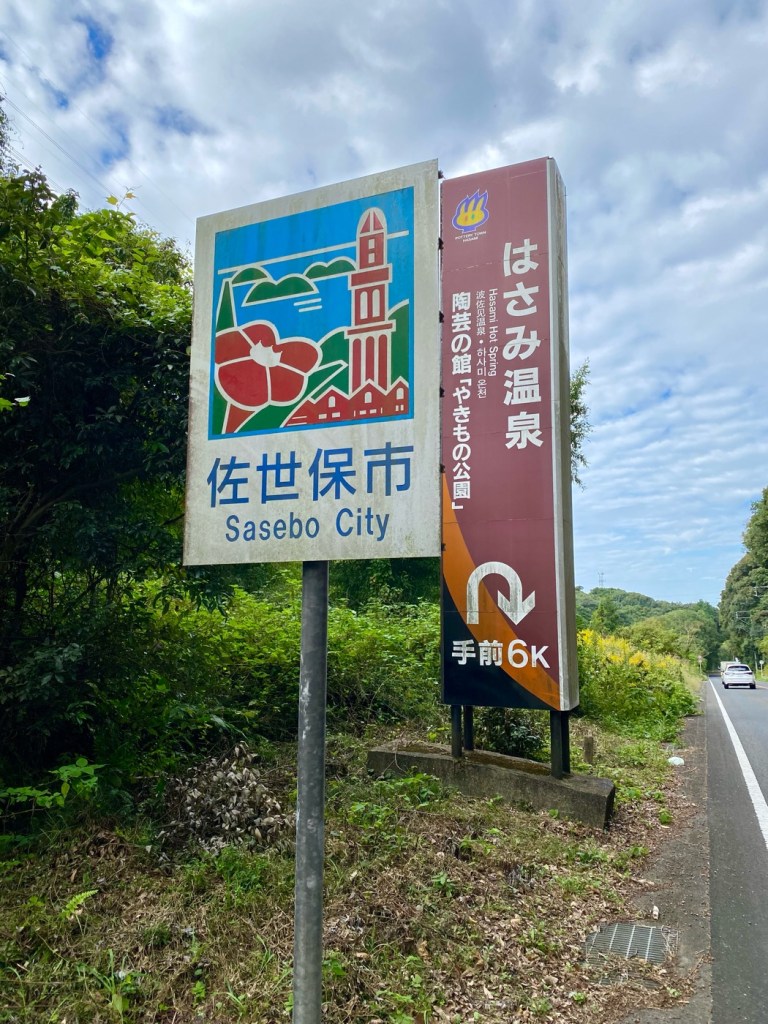


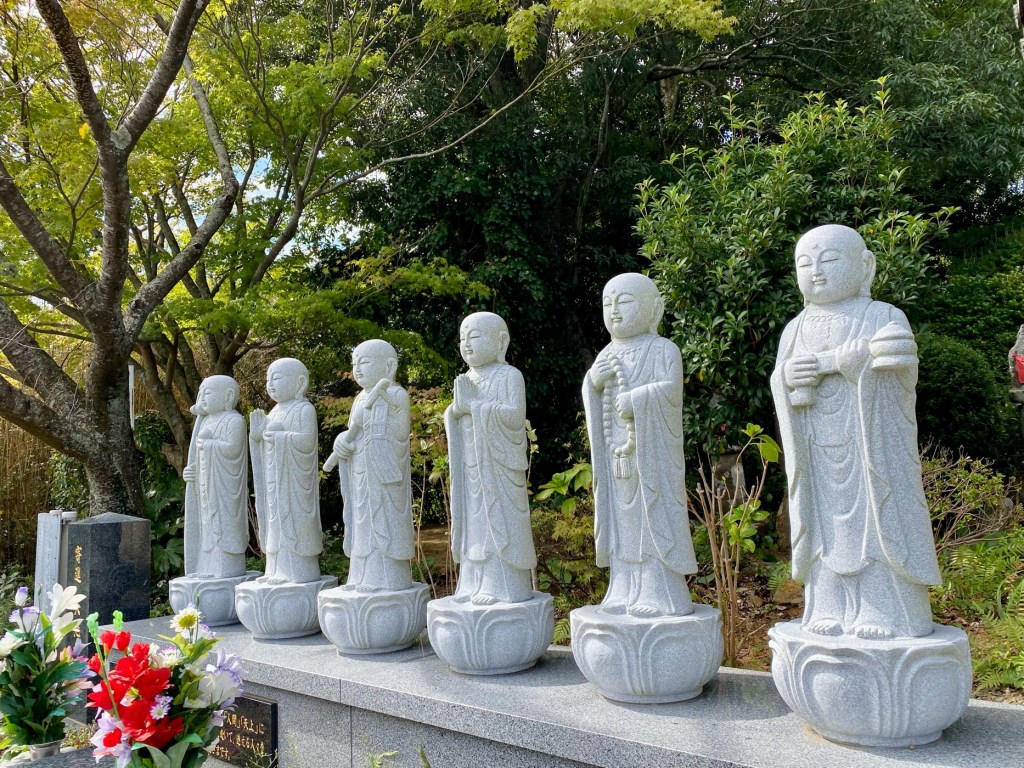








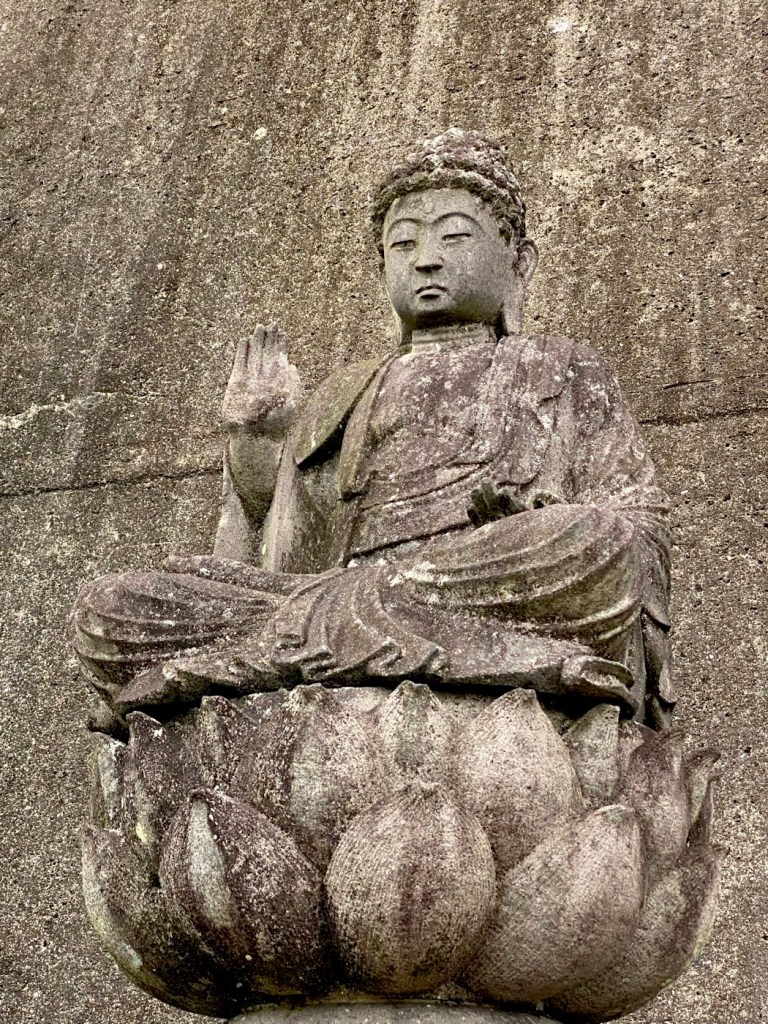
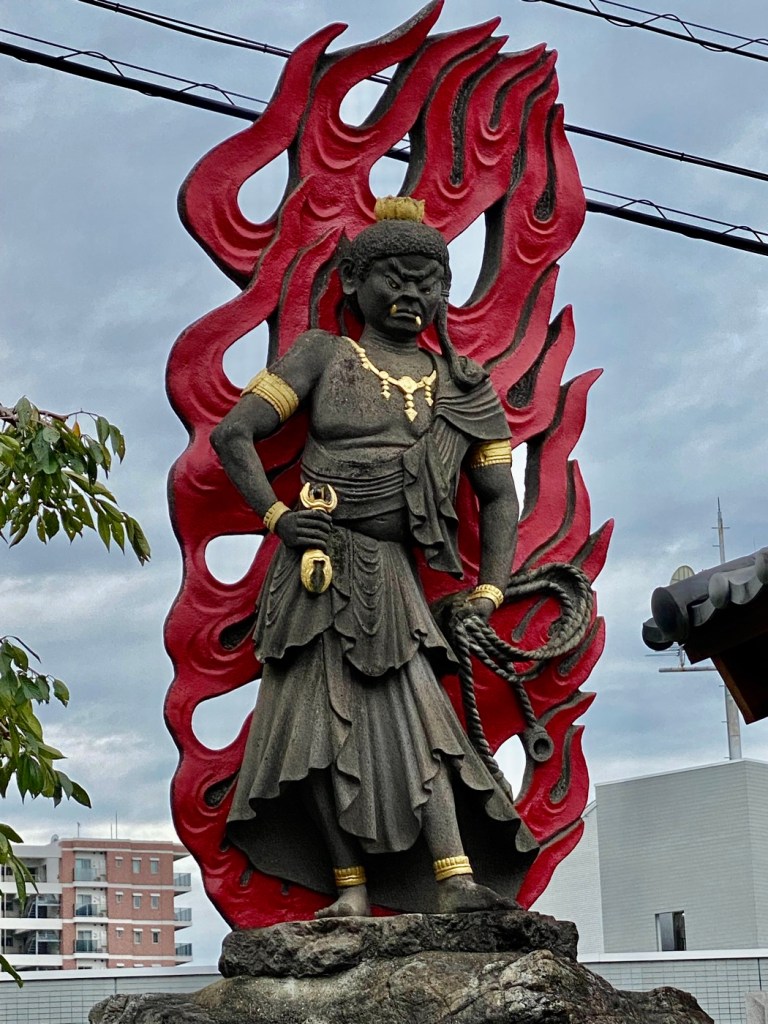

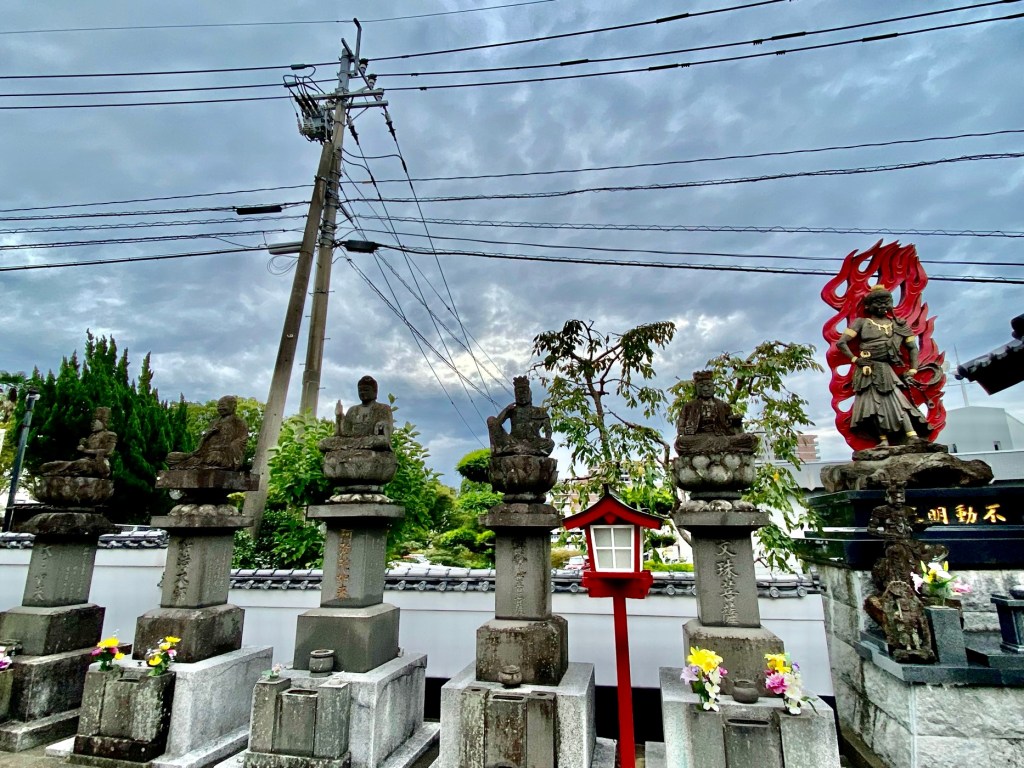




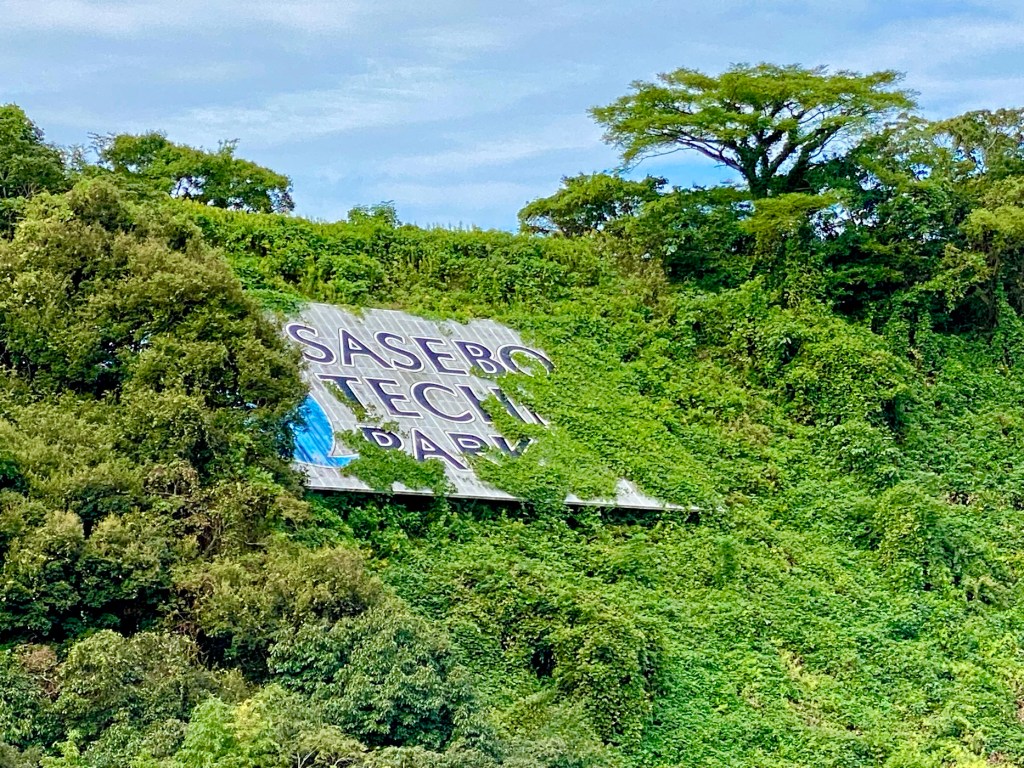

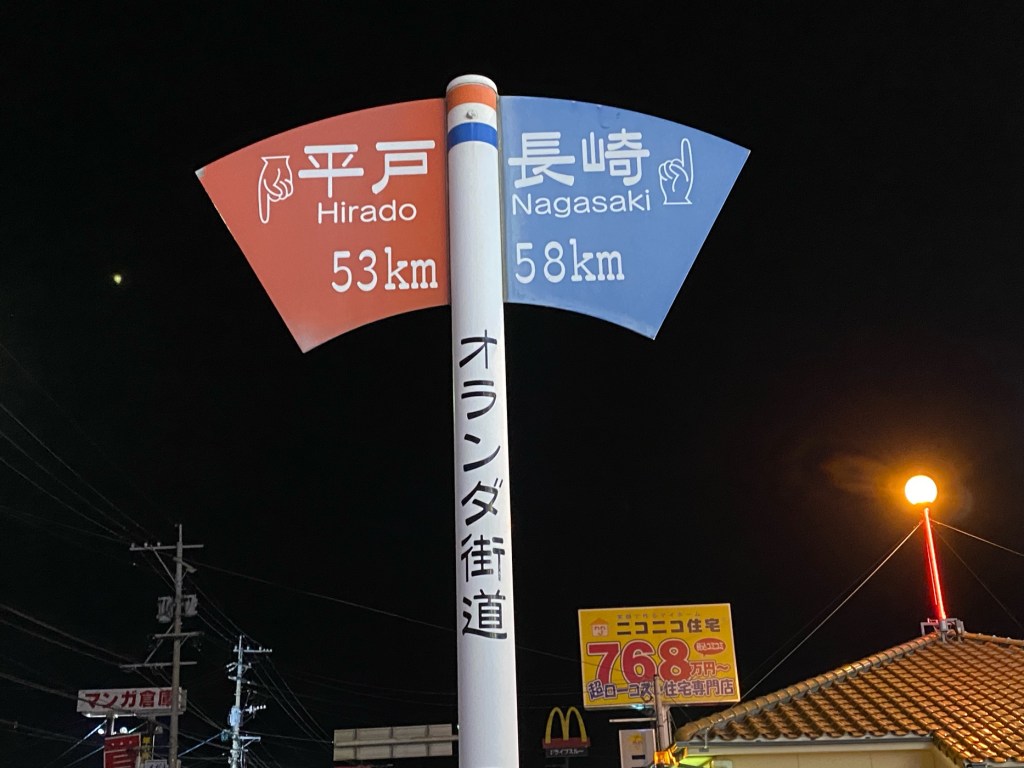

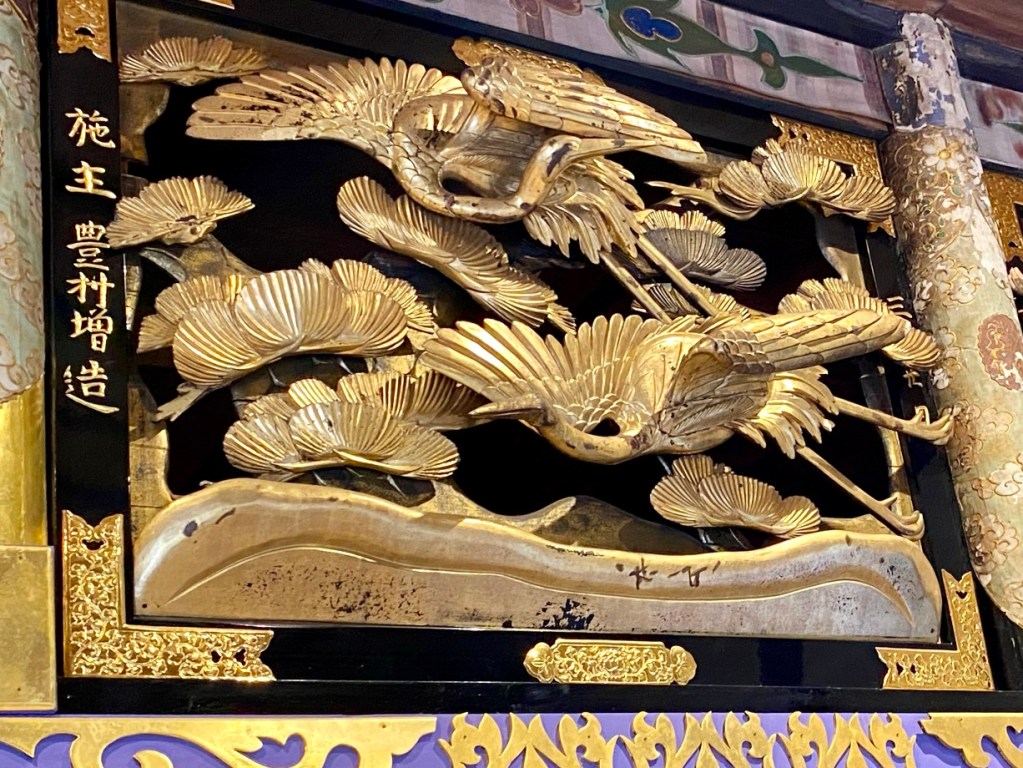




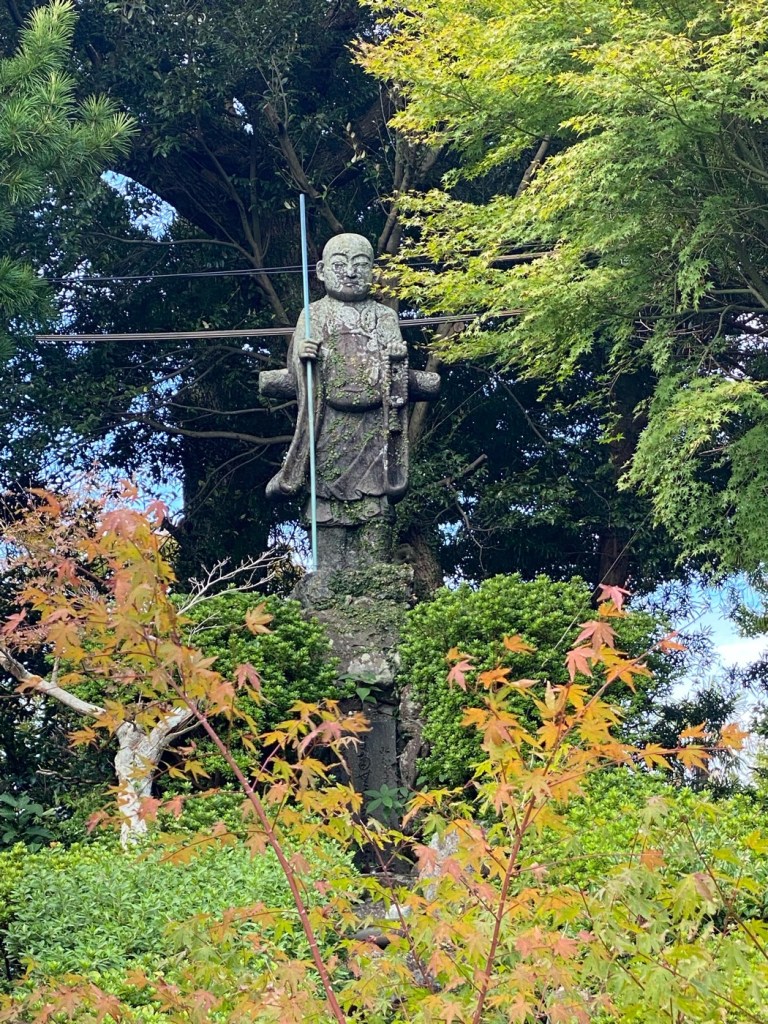


Day 20 - Hasami To Sasebo, Three Mountain Passes and Three Temples, The Kyushu 108 Temple Pilgrimage, Japan
At home in the mountains of Colorado, there has been a freeze watch almost daily, and the ski resorts have already started making snow, preparing for the upcoming ski season.
Here in the mountains of Kyushu, we are still sweating in the heat every day.
We had a good and simple Japanese breakfast in our hotel, thanked them for a pleasant stay and started walking past the quiet farm houses and the fields.
The road meandered around some mountains and it felt like we might be walking in a valley, avoiding climbing up the mountains.
But soon it was clear that the area was too mountainous, and we started climbing up our first mountain pass.
I was happy just to see that we had sidewalks to walk on, as the cars zoomed by us.
The walk was monotonous and mostly in the sun.
I was composing bad Haiku Poetry in my mind:
“Mountain passes, Spiders dangling, the webs stick to my hat.”
“Crows croak at each other, at other animals, at people, even at passing cars.”
And my worst one:
“In the distance I see more mountain passes, will we have sidewalks?”
The answer is no!
On the second mountain pass, we had no sidewalks.
We tried to hug the shoulders of the road and make ourselves visible to upcoming cars.
On the third mountain pass, we did have sidewalks.
My heart soared in happiness.
I almost felt like crying as a wave of joy flooded my heart.
Look at me, how did my life get to be this way…. The simple fact that the road offered a safe passage, made me so joyful…
I used to care about my looks, about having nicely made-up hair, about lovely houses, owning beautiful sea-view properties, luxury cars, and beautiful clothing, now I am happy to just have a sidewalk as we slowly make our way up mountain passes on an obscure pilgrimage that NOBODY, absolutely nobody even heard about….
What has happened to my life…
Who am I….
Am I progressing in my life?…
When the road flattened, we passed by a house on the roadside that had many toys in the garden.
There were dolls, figurines and even rotting dried animals that were badly stuffed in an effort to preserve them.
A dog was barking in the garden.
We took some photos and kept on walking, when an old man called after us.
I told Jules that we had to go back and talk to him.
He was a friendly toothless man who seemed to be living alone in this house by the road.
He asked where we were from and when we said America, he started humming the USA National anthem, dancing to the tune.
Jules joined him as they both hummed and danced.
When we walked away, I had a feeling that I should have offered him some money.
So many old people in Japan live with so little income, perhaps he needed some help….
But I felt that more than money, he needed some friendship, even if just for a few minutes, where he got to laugh and be appreciated by people walking by.
Beside, the way my feet and shoulders felt, I was not ready to go backwards for anything or anyone.
Before we reached the first temple of the day, we stopped in a little park where we spotted a small bench in the shade, to have some tea that I had brought with us.
We had a mountain to climb to reach temple #71 Jozenji Temple, located on Mt. Lo.
Before a residential area had developed on its slopes, Mount Lo-San was an isolated mountain with a temple on its slopes.
Jozenji Temple of Mt. Lo was founded in the second year of Yoro (718) in the Nara period by Gyoki Bosatsu, who roamed around the whole country looking for suitable places to build temples and teach Buddhism.
When he visited Hayagi (present-day Haiki), he carved a Buddha of healing Yakushi Nyorai, using a sacred Camphor tree.
He also built a hall, which is said to be the origin of Jozen-ji Temple.
The temple flourished as people prayed with successful results to the Yakushi Nyorai, but it was burned down in 1716 and was immediately rebuilt by the Hirado Matsuura family.
The temple was abandoned during the anti-Buddhist movement in the Meiji period, and it was rebuilt in its current location by Horie Kakuei Hoin in 1880.
The original principal image of a seated Yakushi Nyorai made by Gyoki Bosatsu, is a hidden Buddha.
The public cannot see it, because it was badly damaged.
It was appraised as a priceless work of art dating back more than 1000 years, and it is scheduled to be repaired in the near future.
The friendly priest and his wife gave us beautiful Halloween cookies that were almost too beautiful to eat, and postcards of the temple in autumn.
It was still early in the day, so we decided to change our plan a bit.
Instead of going to Sasebo station to put our backpacks in a coin locker and going to visit more temples, we decided to walk to our hotel to drop off our backpacks and to check in.
Right before we reached the hotel, Jules spotted a big McDonald’s.
This McDonald’s had a car greeter, who welcomed cars in, and an English speaking hostess whose job was simply to help and make people feel at home.
We never eat in a McDonald’s at home or on a pilgrimage, but Jules seemed hungry and it is a place where you can get a quick lunch, that will still leave us with enough time to visit two more temples.
You see, when I made the pilgrimage plans, I did not realize that it would take us so long to adjust to walking again, and now I felt that we had an ambitious itinerary and perhaps not enough time in the Sasebo area.
The McDonald’s in Sasebo had a shrimp patty burger that was pretty tasty.
The friendly hostess told us that she had visited the USA a few years ago, because she is a saxophone player and went to perform at a music festival in the USA.
You never can tell anything about people by the job they do…
Temple #74 Mt. Iwato Tozenji Temple, has a beautiful manicured Japanese garden with all the design elements that give a Japanese garden a sense of tranquility and harmony.
There was a lily pond, a running brook of pure water, a stone lantern, koi fish, trimmed ficuses, a red maple, beautiful rocks and cherry trees.
In front of the gate of Tozen-ji Temple, stands a large camphor tree that reaches into the sky.
It is designated as a natural monument of Nagasaki Prefecture.
The trunk circumference is about 8 meters, the height is about 20 meters, and the tree is about 600 years old.
The branches stretch in all directions, full of vitality, and the leaves are still green and lush.
It is a sacred tree.
During the Wado era (708-715), Gyoki Bosatsu built a thatched hut here on Mt. Iwatoshi, which is now the current location of the temple.
He enshrined a Yakushi Nyorai, the Buddha of healing.
In the year 986, the monk Kankai built a temple here.
Through the years it deteriorated, and it was rebuilt in 1626.
The old healing Buddha that Gyoki had enshrined has a beautiful aged patina to it.
In front of the principal image, there is a mirror.
This is a common practice in Buddhism.
Sacred principal images in shrines and even monks who pray and chant, often hold a mirror with the reflecting side facing towards you.
The idea is that if you see holiness, you see your own holiness, and if you see evil, it is your own wrong thinking that is projected onto it.
It is said that the mirror in this temple is a magical mirror.
The reason why it is otherworldly (Makyo in Japanese) is because when you hold it up to a light of the sun, the picture engraved on the back will be projected.
It is a mysterious mirror and it is designated as a cultural property of Sasebo City.
The priest and his wife gave us tea and cookies.
Then when he heard that we did not come by car but were walking around Kyushu, he gave us gifts of two five color talismans for protection on our long journey.
The five colors of the talisman, he said, represent the five elements that make up the whole Universe.
My Japanese is very limited and he spoke no English, but somehow I understood what he said perfectly.
It was as if I intuitively could understand every word, even though my mind did not translate the words one by one.
He talked about how the Universe is composed of these five elements, and so are our bodies.
No matter how small we feel at times, we are still part of everything in the Grand and Beautiful Universe.
Temple #72 Korin-in Temple of Mount Ro (Rozan, Korinin), is located just north of Sasebo station.
We arrived there just before closing time.
There were many cars and busy monks around, and various halls. Korin-in Temple is built on a steep hill.
Bishamon-do Hall, is a wooden hall with a flower shaped window. It enshrines a Bishamonten, the god of warfare and one of the four Heavenly kings.
His statue was transferred from Mt. Shigi in Nara.
There are the Thirteen Buddha statues in the garden and in the main hall, the principal image is Amida Buddha, made in the Kamakura period. It shines in gold colors.
The fish basket Kannon which stands in the temple, is one of the 33 incarnations of Kannon, holding a basket containing fish in her hand.
After saying our prayers and chanting, the monk gave us some cookies and wished us a safe journey.
From there, we walked to the Starbucks cafe in Kita Sasebo to rest before dinner.
We were surprised to see hundreds of Americans around Sasebo.
We found out that there is an American navy base in Sasebo with thousands of Navy personnel and their families.
For dinner, we had many Western style restaurants to choose from, including American diners, burger places and even a taco joint.
We chose to eat at the taco place, which was highly rated.
All the customers were Navy men and their wives, and all seemed to know one another.
The place was very small and we could hear every conversation.
One of the Americans, a pregnant woman sitting next to me, was looking on her iPhone at photos of tattoos she was planning to get.
It is amazing to be reminded of what fascinates each one of us…
In Japan, usually people do not leave any tips, it is not part of the culture to tip.
But when I went to pay my bill, I noticed that the Tip jar by the cash register, was filled with $10 USD bills.
In a tiny restaurant where our whole dinner bill was only $15 for two people, it is amazing that the Navy men leave such generous tips.
Back in our Onsen hotel, we soaked in a busy hot springs.
The hotel was not busy, but the hot springs are open to the public and local families came to soak at the end of the day.
Sending you healing vibes,
Tali
Stats: 27,220 steps
Today’s walk: 18.5 km
Kilometers walked to date: 354.5
Temples visited:
Temple #71 Lo-Zan, Jozenji
Temple #72 Ro-Zan, Korinin
Temple #74 Iwato-San, Tozenji